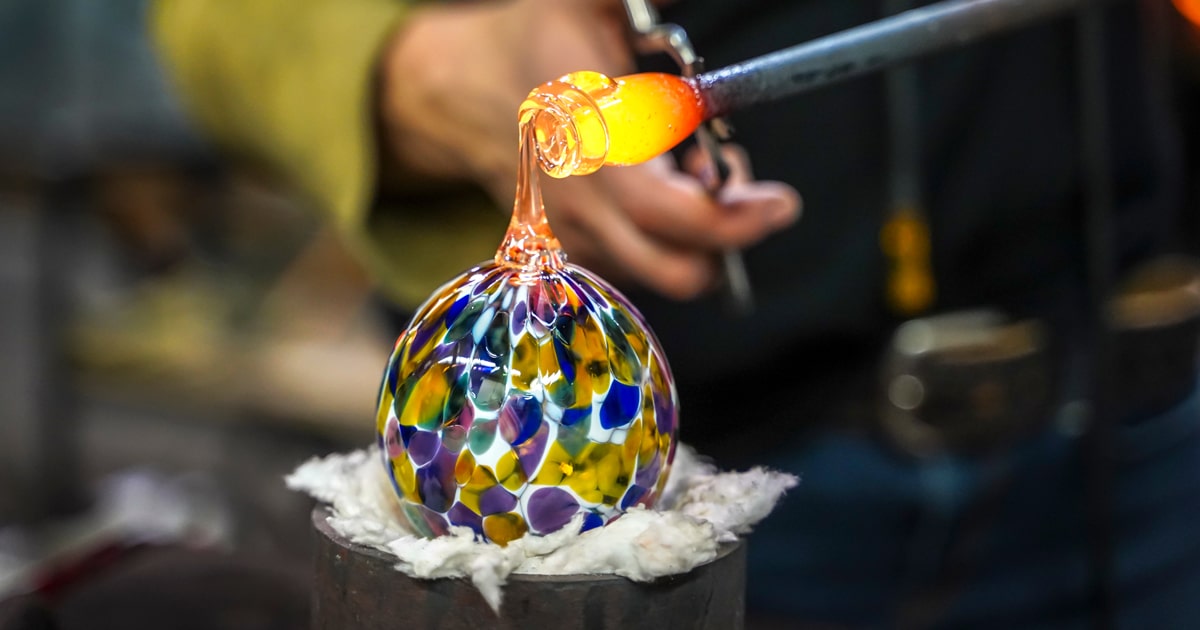Art glass blowing is fast becoming one of the fastest growing hobbies around the world. Glass blowing has existed since 27 BC. in Syria, although the first evidence of glass products made by man occurs in Mesopotamia at the end of the 3rd century BC.
Harvey Littleton, professor of ceramics, and Dominick Labino, chemist and engineer, are credited with starting the most recent "study glass movement" in 1962. This is where the current method of melting glass in a furnace for its use in the art of glass blowing.
However, the actual process of preparing the glass for blowing is very complicated. If you’re looking for glass art supplies then you may visit, https://www.artglasssupplies.com/.

Image source:-Google
Glass is melted in furnaces using sand, limestone, soda, potash, and other compounds. The actual transformation of raw materials into glass takes place well above 2,000 degrees Fahrenheit.
Once the glass has melted, the artist uses a blowpipe to shape the glass. The blowpipe is about five feet long and is used to blow a molten glass parison. The molds are used to impress decorative patterns.
There are two types of modern glassblowing, but spontaneous glassblowing is the type that most people imagine in their mind when they think of this type of art.
The artist collects a ball of molten glass at the end of a hollow tube called a blowpipe or iron torch. The molten glass is then molded into its final shape by various hand-blowing and shaping techniques, tolls, and molds.
The second type of glass blowing is lamp work. The job of the lamp is to soften a glass tube by heating it in the flame of a torch. The softened glass is then manipulated into its final form by blowing and molding with hands and tools.
